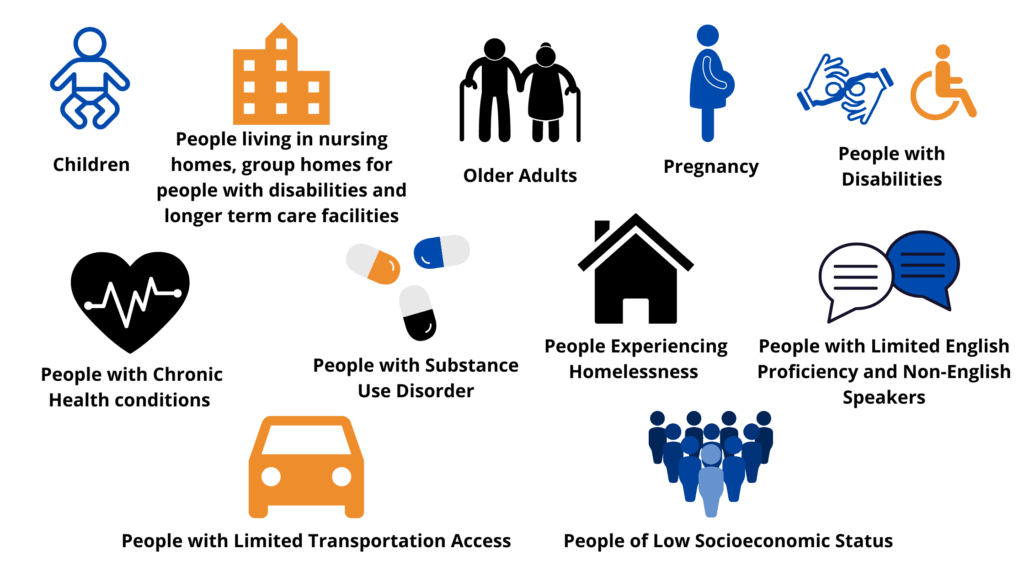Access and Functional Needs (AFN) _review
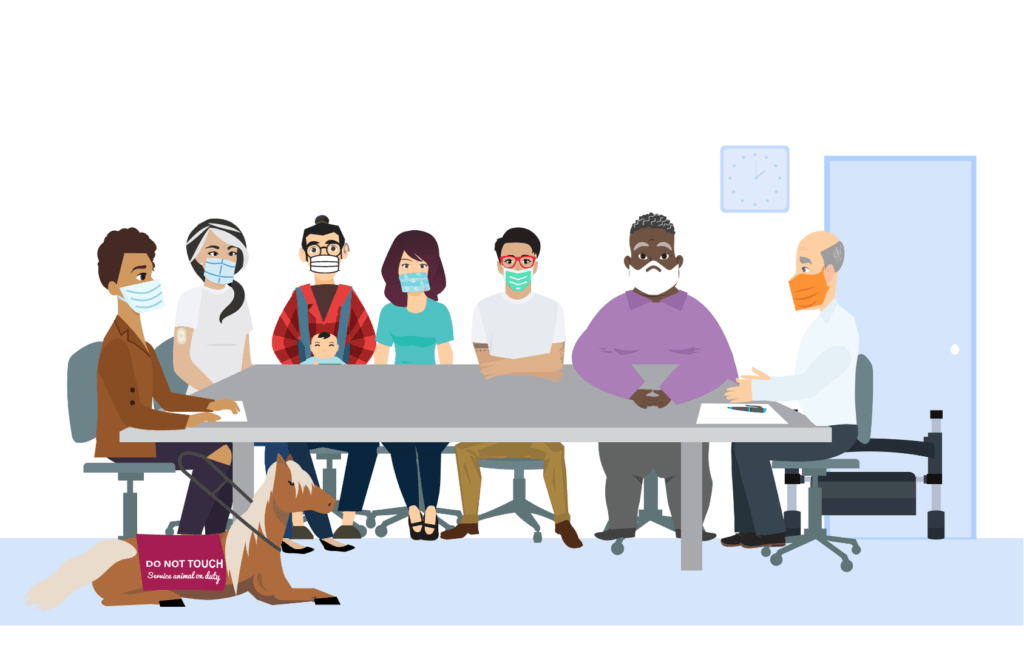
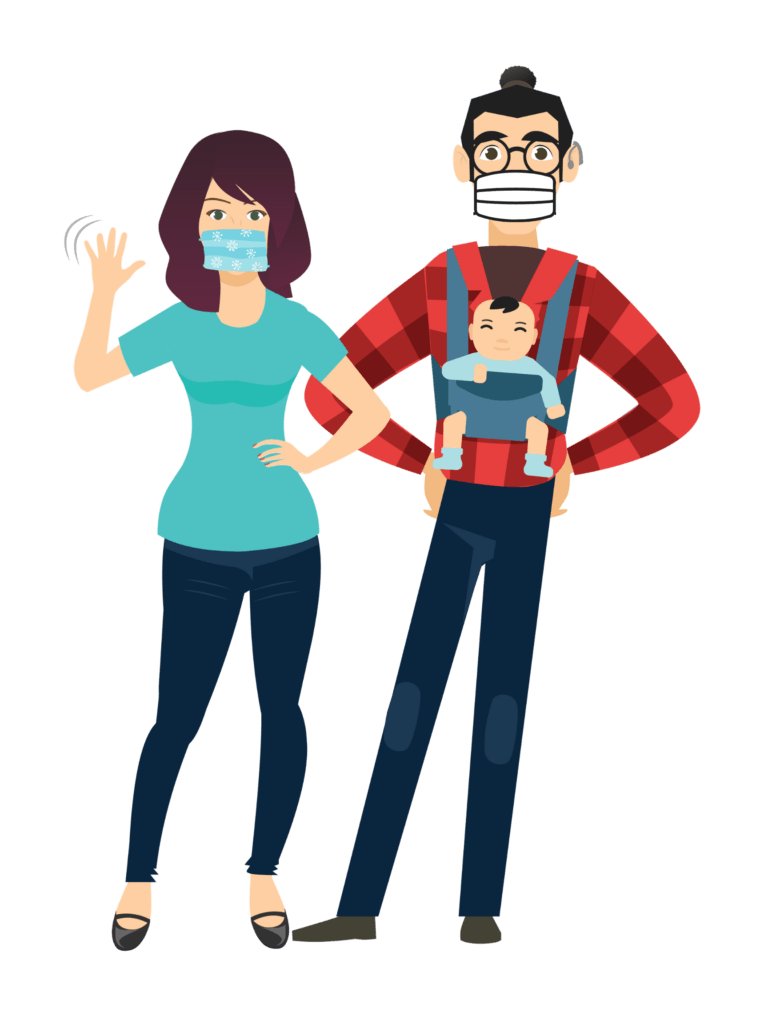
Marco [Signing]: Now that you know the basics about whole community, we should talk about “access and functional needs” and the “CMIST framework,” which can be useful in thinking about how to meet those needs during emergencies.
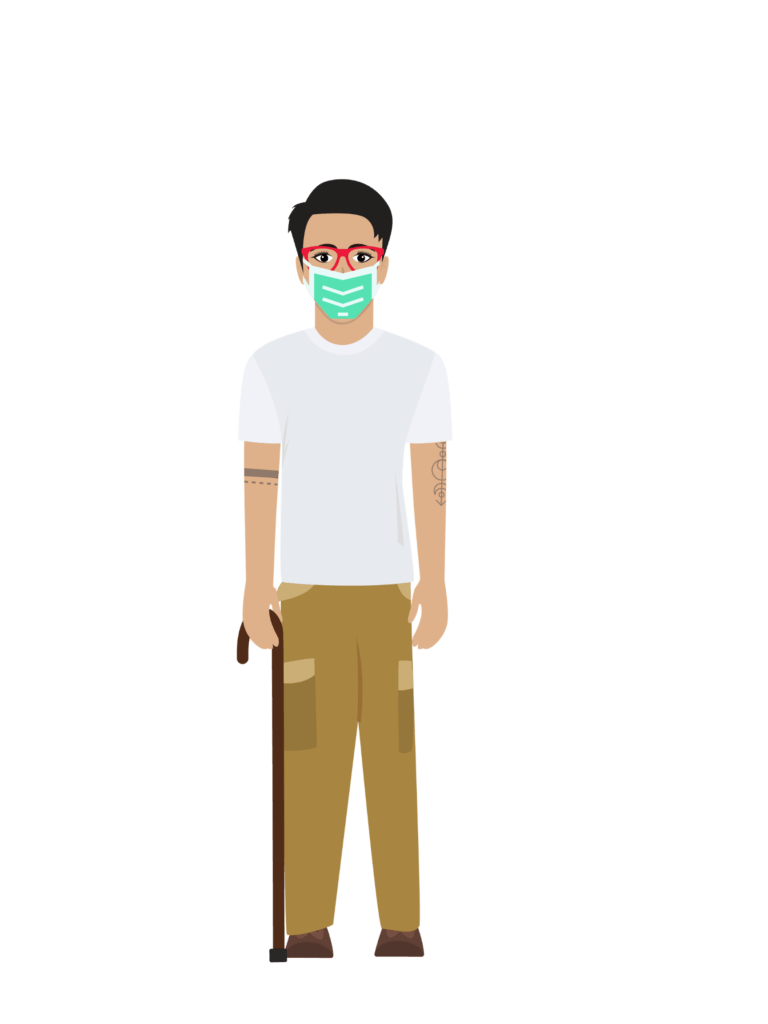
PJ: According to the U.S. Department of Health and Human Services, Office of the Assistant Secretary for Preparedness and Response (ASPR), about half the people in the U.S. have temporary or permanent conditions that limit their ability to act during a disaster. These people have access and functional needs (AFN).
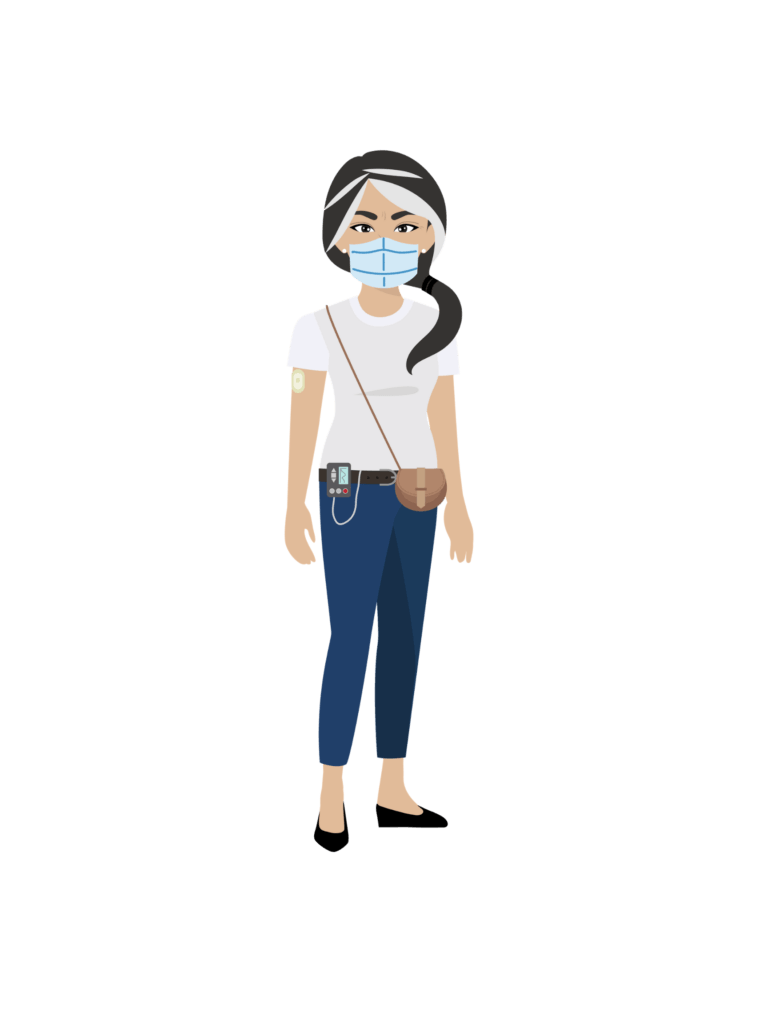
Rachel: ASPR says that regardless of a specific diagnosis or label some people have access or functional needs that may interfere with their ability to access or receive medical or emergency services before, during, or after a disaster or pandemic, like COVID-19.
“Access-based needs: All people must have access to certain resources, such as social services, accommodations, information, transportation, medications to maintain health, and so on. People with access needs face challenges accessing emergency services or resources.
Function-based needs: Function-based needs refer to restrictions or limitations an individual may have that requires assistance before, during, and/or after a disaster or public health emergency.
People with functional needs may need help to function during emergencies, disasters, or pandemics like COVID-19.”
(ASPR, 2021 https://www.phe.gov/Preparedness/planning/abc/Pages/atrisk.aspx)
Due to COVID-19, there are additional people who may have access and functional needs, per the Centers for Disease Control and Prevention (CDC):
– Racial and ethnic minorities
– People who have intellectual/developmental disabilities
– People living in rural communities
– People in correctional and detention facilities
– Newly resettled refugee populations

Rachel: Take me, for example. I have Type 1 diabetes. Diabetes is a chronic health condition where I need constant medicine and medical equipment to stay alive and healthy. During a disaster, I need ongoing access to my insulin pump and glucose monitor as well as access to a power outlet if I need to charge my medical devices. These are functional needs related to my diabetes. My personal emergency plan includes extra supplies, but if I run out during a disaster it’s a problem. Having diabetes also makes me more susceptible to COVID-19 complications. I need to know that my community’s emergency plan includes strategies to help me get my medical supplies if I need them.

PJ: Also, think about me. I identify as gender non-conforming. I face bias a lot. I’m concerned about being comfortable if I have to stay in an emergency shelter or if I interact with a responder or clinician who’s biased and not knowledgeable. I also sometimes use a cane when my arthritis acts up. In terms of functional needs, I need my cane (medical equipment) all the time. Because of bias and knowledge gaps, I can have access needs. Whole community planning should include planning for and with people with disabilities and others with access and functional needs.
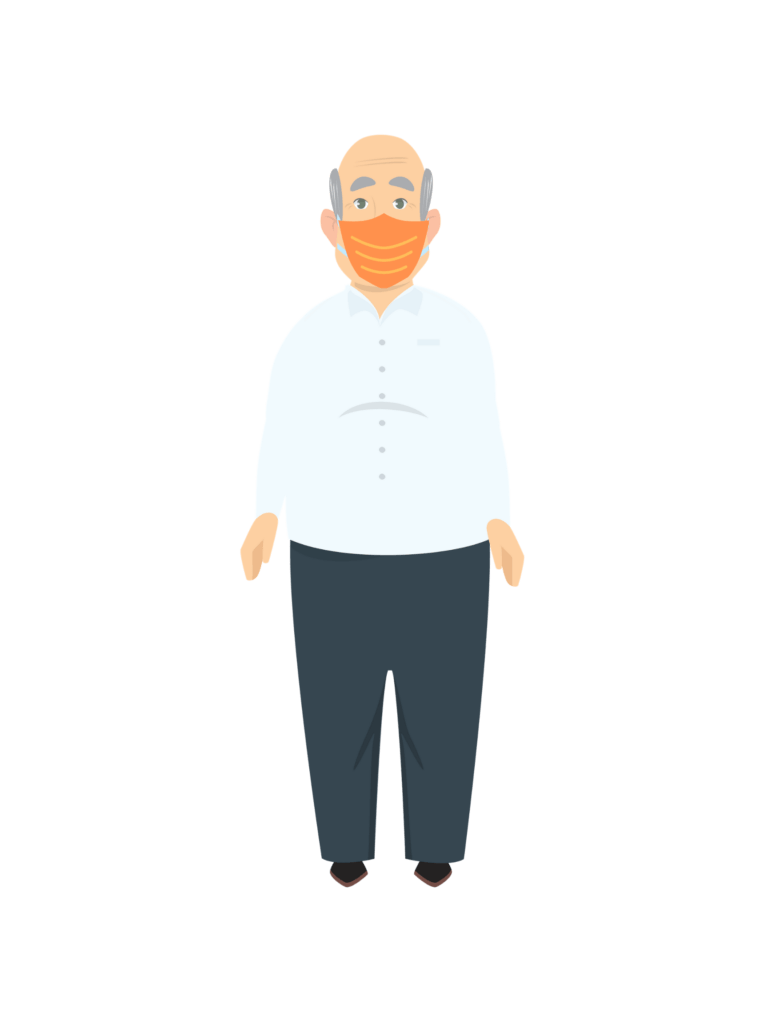
EM: The CMIST framework is useful for describing and planning for access and functional needs. We’ll talk about that next. But I’d like you to take time to reflect first.
Click the quiz link below to check your learning and continue.

